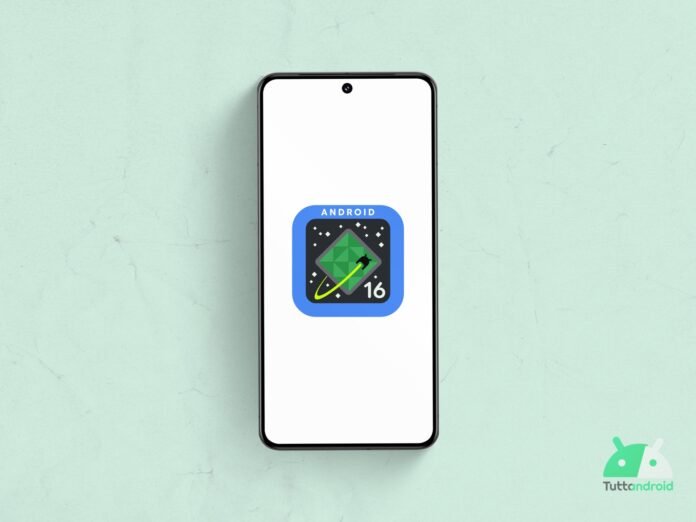Android 16 is not yet among us, at least in stable form, but from many sides it is said that in a very short time we will start touching with your hand Android 16 qpr1the first quarterly update of the future version of Android expected in September in stable form.
Waiting for the dedicated development cycle to “start”, probably on the occasion of the Google I/O 2025, we have already had the opportunity to see many news that will debut with this update, including a new mode of Split screen that Google is developing, to improve multitasking, taking inspiration from a functionality of the Oxygenos 15 of OnePlus.
Android 16 QPR1: do not call it quarterly update
Despite being (on paper) of a quarterly update, Android 16 qpr1 He risks configuring himself as one of the most significant Android updates in recent years.
The first release of the new generation operating system on the pixels will take place in June but to get to know the great news on the aesthetic front (and not only) we will have to wait for the second part of 2025, potentially precisely Android 16 QPR1.
In addition to the new graphics, there are many other innovations in progress. To the list, which we report below, add an interesting novelty, found by the well -known Insider Mishaal Rahman (via Android Authority), with which the development team aims to improve multitasking on Android smartphones.
Google borrows the Open Canvas functionality from OnePlus
Currently, the Android operating system (in the “stock” interpretation made by Google) allows you to open two windows in mode Split screen: The two apps can be opened to occupy 50% of the available space each (50:50 mode) or to occupy 70% and a 30% (in mode 70:30 or 30:70), thus favoring one of the two on the other.
However, the development team is working for Replace the 70:30 ratio with the new 90:10 ratioin which one of the two apps will occupy 90% of the available space (and therefore will be fully usable) while the other will be relegated to the remaining 10%; Consequently, the secondary app will be unusable and even useless on the useful information front that can be displayed.
The new implementation, however, is designed to ensure that, by making a tap on the app open on 10% of the screen, it will automatically be extended to occupy 90% of the screen (while the other will be reduced to the remaining part). The position of the apps will not be changed: the open one at the bottom will remain below, the open one at the top will remain above.
Users will thus be able to switch from one app to another with one tap, without the need to use gestures or access the recent app screen. The following video shows the functionality in action (in addition to a brief explanation) with the use of Google Chrome and Google Keep.
https://www.youtube.com/watch?v=ta7vhmsb9dk
It is not the first time that we hear about something like this for two reasons: the first evidence had already emerged after the release of the Developer Preview 2 of Android 16; It is a feature to improve multitasking clearly inspired by functionality Open Canvas of OnePlus, brought to the debut from OnePlus Open and then extended to a greater number of devices with the Oxygenos 15.
The fact that on Beta 4.1 of Android 16, probably the last one before the release in stable form, this novelty is not yet enabled, suggests that Google is keeping for the release later, perhaps with Android 16 qpr1.

